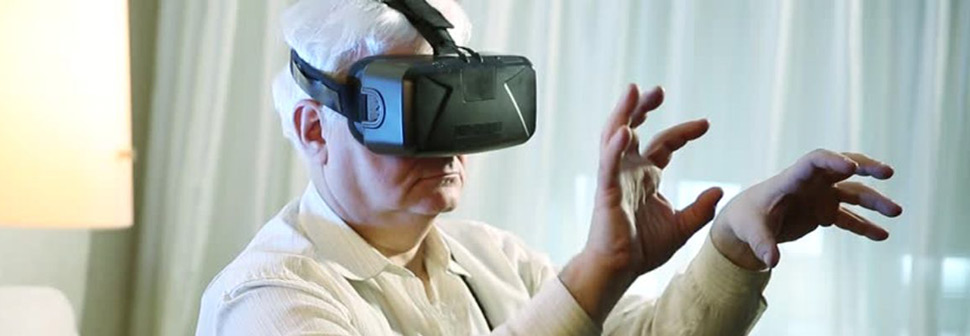Can virtual reality help us prevent falls?


Researchers from the University of North Carolina have found evidence that virtual reality (VR) could be a big help for detecting balance impairments early on. Also, it may contribute to reversing ruination, and preventing falls as consequence of deterioration.
The sense of balance declines as we age but that’s not the only instance. People who suffer from neurodegenerative diseases, such as multiple sclerosis, also see a deficiency when it comes to their physical stability. This leads to greater reliance on visual cues to maintain balance, and prevent falls. Researchers in United States have developed an ingenious system that uses virtual reality to help prevent collapse by detecting and reversing balance impairments in those in need.
“We were able to identify the muscles that orchestrate balance corrections during walking”, said Dr. Jason Franz, assistant professor in the joint UNC/NC State Department of Biomedical Engineering. Franz also stated, “we also learned how individual muscles are highly coordinated in preserving walking balance. These things provide an important roadmap for detecting balance impairments and the risk of future falls”.
In a setup like those seen in Hollywood motion-capture animation studios, Franz and his team used 14 cameras to record the positions of 30 reflecting markers on the legs, back, and pelvis of each subject. This allowed them to see, in detail, how the specific muscle groups that control postural sway and foot placement worked to correct a perceived loss of balance.
In response to the visual perturbations, the subjects took wider and shorter steps, as expected. Their head and trunk swayed further sideways with each step. Electrodes attached to the skin of the subjects also revealed coordinated electrical activity among the muscles that control postural sway and foot placement, including the gluteus medius, external oblique, and erector spinae.
“We think there’s a big opportunity to use visual perturbations in a VR setting to reveal balance impairments that would not be detected in conventional testing or normal walking”, Dr. Franz stated, “the key is to challenge balance during walking, to tease out those impairments that exist under the surface.”
Franz and his colleagues also are examining the potential of their VR setup as a physical therapy tool to teach balance-impaired individuals how to improve their balance. The assistant professor in the joint UNC/NC State Department of Biomedical Engineering commented, “early work in our lab suggests it’s possible to use these visual perturbations to train a person’s balance control system to respond better to imbalance that occurs in daily living”.
Copy edited by Susana Cicchetto
Prepared by
LatinAmerican Post | Luisa Fernanda Báez





